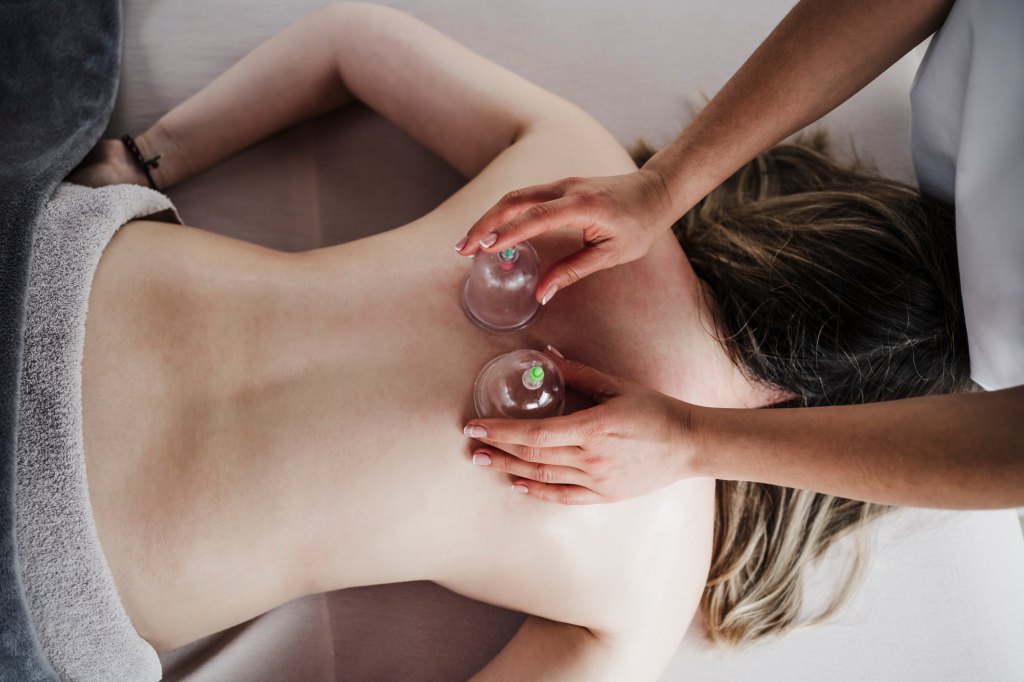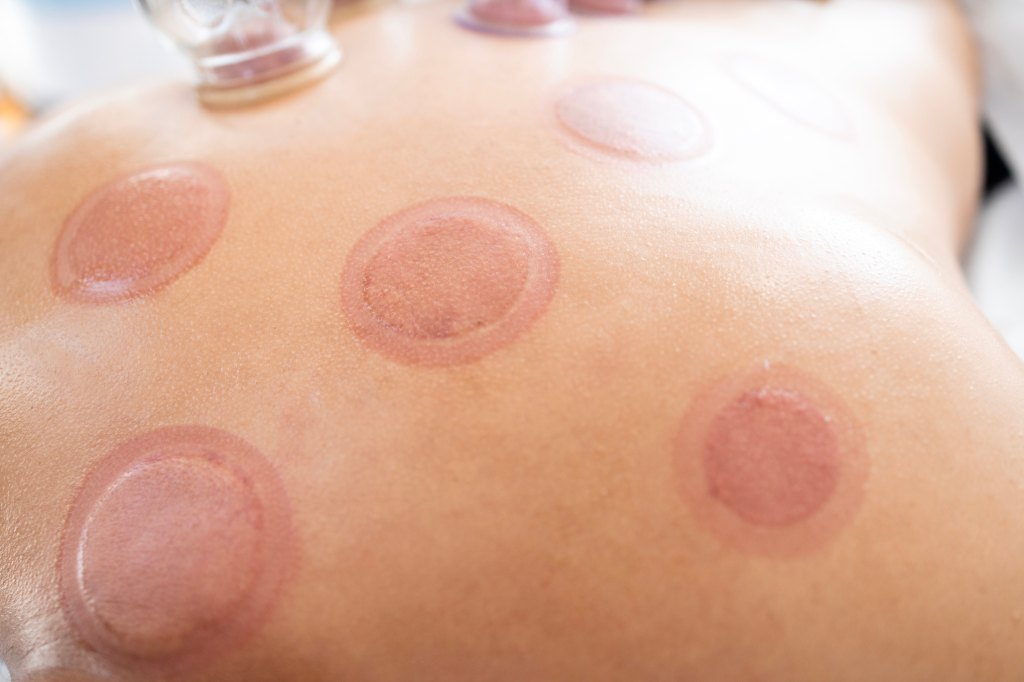“I hope she stops,” thought Carlyn Craig, seconds before a distracted driver turning out of a parking lot slammed into her car. Unable to maneuver out of the way because of traffic, Carlyn braced for the impact, gripping her steering wheel and praying she wouldn’t be seriously injured. Thankfully, her prayers were answered and Carlyn walked away from the accident with only a minor injury to the muscles of her right upper arm and shoulder.
Constant agony after her accident
“At first, I thought the soreness and stiffness in my arm was normal after being in a car accident; however, being right-handed meant routine tasks like brushing my teeth or preparing dinner were very difficult to accomplish,” she recalls.
“Even having clothes or a blanket touch my arm set off shock waves of pain that made it hard for me to concentrate during the day or sleep well at night. Over time, the pain became so intense, I was unable to take evening walks with our dog. After nearly a week of steady pain that didn’t improve with at-home ice and heat, my doctor prescribed physical therapy to promote healing of what he diagnosed as deep-tissue bruising.”
“For several weeks, I went to physical therapy two to three times a week and performed slow, controlled movements and stretching exercises designed to heal. However, despite following the therapist’s routine both at the physical therapy center and at home, my range of motion and level of pain didn’t improve. Working as an editor of audio books was unbearable, and just a few minutes of typing or using my mouse had me on the verge of tears and worried I might not be able to continue running my beloved business. The physical therapist explained that the fascia, the connective tissue that surrounds muscles and bones, in my arm was damaged from the impact of the accident.”
“Because other modalities failed to provide relief, the therapist suggested I try cupping—an ancient healing practice dating back thousands of years—to reduce inflammation in my injured arm while also improving blood flow. She explained that the treatment, also known as myofascial decompression, uses suction cups placed on the skin in an affected area to create a vacuum that lifts and separates soft tissue.”

Carlyn’s solution: Cupping for pain management
“With nothing to lose, I agreed to have a cupping session, without knowing much about the form of healing. This seems pretty simple, I thought, while lying on the table as the physical therapist placed the suction cups. But tears quickly filled my eyes as the therapist removed the cups and I experienced a sudden, intense pain in the area. It subsided after about 20 or 30 minutes, leaving only minor soreness for the next few hours. The session also left a red, round mark on my arm that faded in a day or two. Certain I wouldn’t return for another painful cupping therapy appointment, I was shocked when I woke up the day after the initial 15-minute session and quickly discovered I had more mobility and less pain in my arm. Maybe I’ll try one more cupping session, I thought, after being able to work for a few straight hours.”
“After a couple of additional sessions over the course of about six weeks, I was happy to be released from physical therapy and didn’t require any additional therapy or over-the-counter medicine to relieve my pain. Even though it was painful in the moment, those few minutes of discomfort were so worth it because they gave me back my life. Thanks to cupping, I’m able to do everything I did before the crash and I can finally leave the car accident in my rearview mirror!”
The science behind the story: How cupping works to minimize pain
This ancient practice, in which special cups are placed on the body to create suction, has been used for centuries to ease pain. “It has been shown to promote blood flow to skin and muscles, reduce muscle stiffness, improve muscle quality and accelerate metabolism for treating musculoskeletal impairment,” says Yih-Kuen Jan, Ph.D., associate professor in the Department of Health and Kinesiology at the University of Illinois.

Cupping significantly reduced muscle stiffness, especially at the deepest layers of the muscle, in a study Dr. Jan co-authored. This suggests it can help ease pain from lingering injuries, he says.
To try it, Dr. Jan suggests first visiting an acupuncturist or massage therapist. Many insurance plans cover the therapy, which costs about $100. Once you’ve had a few sessions, an at-home cupping set may help.
Try foam rolling as another pain management tool
Next time you feel achy after an injury or exercise, reach for a foam roller. It’s a surefire way to reduce soreness and tenderness, according to a study published in the Journal of Athletic Training. Plus, it’s easy to target a specific area of the body with a foam roller (available at sporting goods stores). To do: Position a foam roller between the muscle you want to roll and the floor or wall. Apply just enough pressure that you reach a point of discomfort (but not pain), then roll back and forth over the area for 20 to 30 seconds. Rest and repeat as needed.




